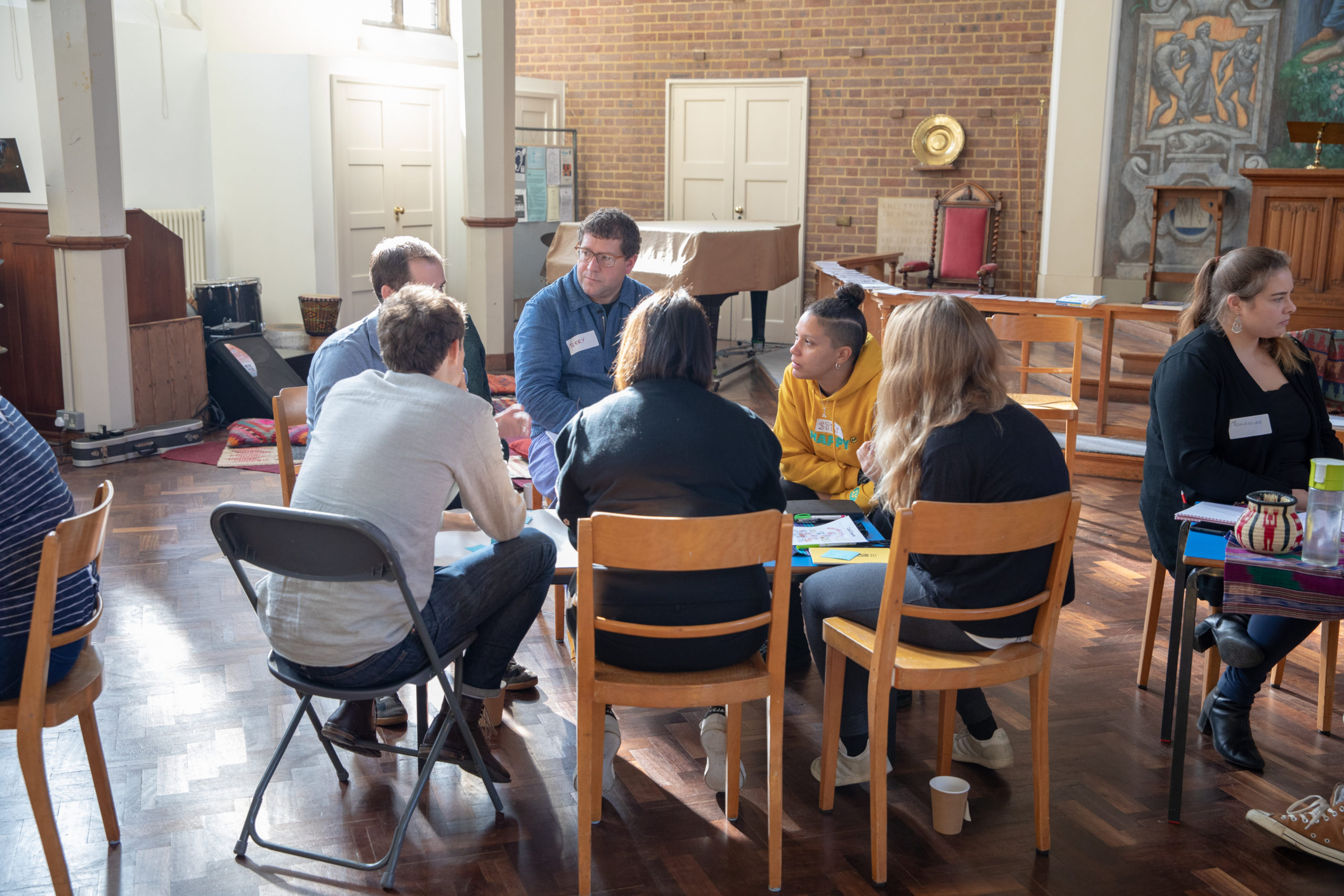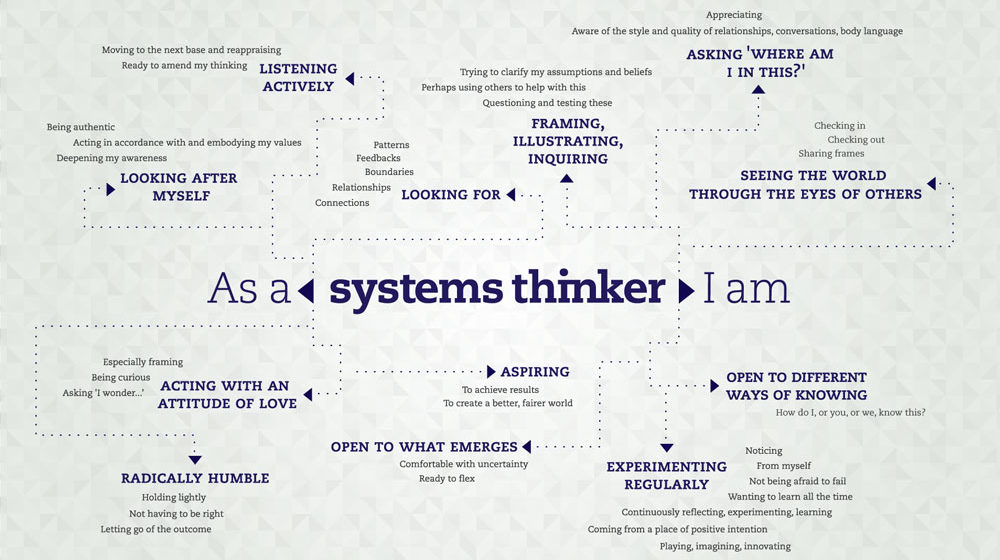The systems thinking model – made easy

Systems thinking is an approach that helps us understand complex problems by looking at them in terms of interrelated parts. It’s based on the idea that everything has its own unique characteristics and purpose within a larger system. Systems thinking can get complicated fast, but at it’s core it’s a simple idea yet incredibly powerful approach to social change.
What is systems thinking?
Systems thinking is a method used to help people solve problems. It involves breaking down a problem into smaller pieces and then seeing how those pieces interact with each other. This process allows us to identify patterns and relationships between different elements.
Why do we need systems thinking?
Systems thinking helps us understand the world around us by helping us make sense of complex systems. These systems are made up of parts that interact with one another. If we try to understand these systems without understanding the interactions between them, we will not be able to predict what might happen next.
How does systems thinking work?
Systems thinking is an approach to problem solving that involves breaking down large systems into smaller pieces. This allows us to better understand each part of the system and its relationship to other parts. It also makes it easier to identify potential problems before they become big issues.
How can I apply systems thinking to social change?
If you really want to make an impact, you need to look at the big picture.
The truth is that most social issues don’t have simple solutions. Even those that seem simple to begin with, usually turn out to be more complicated. The climate crisis for example is, on the surface, very simple: we need to drastically reduce our carbon emissions to avoid catastrophic consequences.
Of course, there are a multitude of factors all influencing each other: our over reliance on fossil fuels, public perception of the problem, corporate lobbying, political agendas, the impact of the agricultural industry, logistics of recycling, cost and infrastructure of renewable energies, an economy based on continued growth, media narratives, and so on.
With a systems thinking approach you need to be conscious of these different factors. A good first step is to take a step back and adopt a holistic view: What is the social impact you are trying to achieve? What are the forces enabling this change? What are the forces preventing this change?
Remember to think broadly about these forces within the wider system. What themes can you identify? How does your work fits into this bigger picture?
Interested in learning more about the systems thinking? Ask us about our systems mapping work where we help organisations untangle the complexity and identify which interventions and strategies you can adopt for maximum impact.
Sign up to our newsletter for more insights and news from the world of social change



